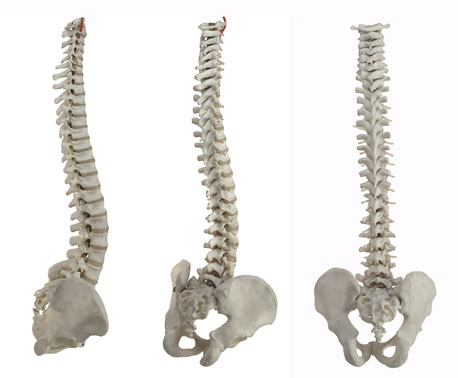
Spinal stenosis refers to a medical condition that is characterized by narrowing of the spine in the neck or the back region which compresses the spinal cord or any of the spinal nerves. Individuals suffering from spinal stenosis are often noted to suffer from symptoms such as numbness or pain in the back, thighs, buttocks, neck, arms or shoulders and weakness in a leg or an arm (depending upon the nerve that gets compressed).
In some cases, affected individuals may have severe symptoms. Spinal stenosis can often be a debilitating condition that makes it difficult for the affected individual to work or perform certain daily activities. Therefore the Social Security Administration (SSA) has a provision for individuals suffering from spinal stenosis to claim for disability insurance.
Disability claims
A disability claim for spinal stenosis is often made under the musculoskeletal impairments category of SSA’s blue book of listed impairments. Under listing 1.04 you can review the specific terms that must be present to meet this listing on disorders of the spine. A disability claim can be alleged to meet this listing when the spinal disorder results in the compromise of a nerve root or the spinal cord.
Specific criteria for claims
In order to demonstrate a listing level impairment under the disorders of the spine listing, an individual suffering from spinal stenosis needs to fulfill certain condition specific criteria mentioned in the listing, in addition to the basic eligibility criteria for the Social Security Disability program.
Spinal disorders that cause compression of the spinal cord as a whole, or a part of the spinal nerves, can apply for disability benefits. Spinal stenoses, or a lumbar spinal stenosis, are listed conditions mentioned under the spinal disorder listing 1.04 of the SSA’s blue book. To meet this listing the affected individuals’ condition must meet the following condition.
- The spinal compression should have caused sufficient injury or compression of the spinal nerves that would result in a condition called pseudoclaudication. This condition is characterized by pain and weakness in the lower back, buttocks, thighs or legs and impaired ability to walk or move around.
- The spinal compression should be established on the imaging tests such as CT scan, MRI or other medical imaging tests.
The phrase ‘inability to ambulate effectively’ refers to the presence of conditions that severely limit an individual’s ability to walk or perform daily activities independently.
A case of spinal stenosis that has resulted in pseudoclaudication, and includes physical evidence of inability to move around independently, and also includes verifiable imaging exams like MRIs or CT scans is a strong case where the claimant should expect to win their disability benefits. If you do not have all of this evidence you may not meet this listing, but you still may be able to be found disabled if you cannot work. Contact a professional to help you evaluate your case to see if there may be another legal theory (other than meeting this listing) that could entitle you to win disability benefits.











{ 1 comment… read it below or add one }
I have symptoms of spinal lumbar and cervical stenosis but the ssa doctor apparently ignored them during the physical exam . With out having health insurance or medicaid, I am at a loss as how to pay for x-rays or an MRi to prove my claim. I’m in constant pain which keeps me from sitting, standing, or lying down for very long.
I hace been declined benefits. What do I do to obtain the medical proof needed?